When is Wales: Land of the Wild being aired on TV?
The first episode airs weekly on Thursdays at 8pm on BBC One Wales, from Thursday 4 April.
What is Wales: Land of the Wild about?
From rockpool hermit crab fights on Rhossili beach to jaw dropping displays of the Northern lights in the Brecon Beacons, four-part series Wales: Land of the Wild explores the magnificent wildlife of Wales through the seasons.
Watch the trailer for Wales: Land of the Wild
Who is narrating the series? And does anybody else feature?
The series is narrated and presented by Welsh actor, Michael Sheen. Raised in Port Talbot, Sheen has appeared in a variety of stage roles, TV programmes and films, including playing Tony Blair in the 2003 TV-movie The Deal and again in the 2006 film The Queen, David Frost in Frost/Nixon, and the title role of Hamlet.
At the end of each series, there are also multiple interviews with experts who study, live and work alongside our much-loved welsh wildlife.
Which species are featured in Wales: Land of the Wild?
With such a diverse array of landscapes across the country Wales is home to an abundance of wildlife. A sneak peek into the species you will see in the series is below.
1
Sand lizard Lacerta agilis
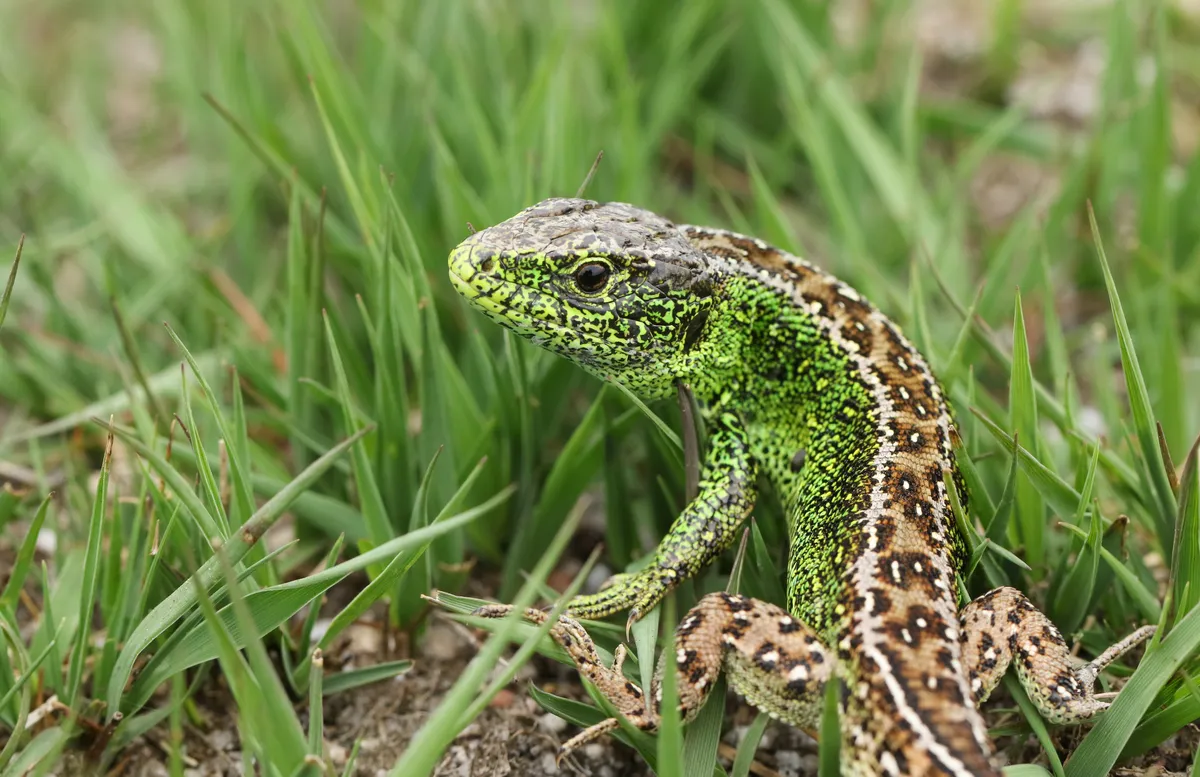
A rare species limited to protected heathlands and sand dune systems, sand lizards are one of the UK's rarest reptiles. Males have green flanks, which are particularly bright during the breeding season.
2
Manx shearwater Puffinus puffinus
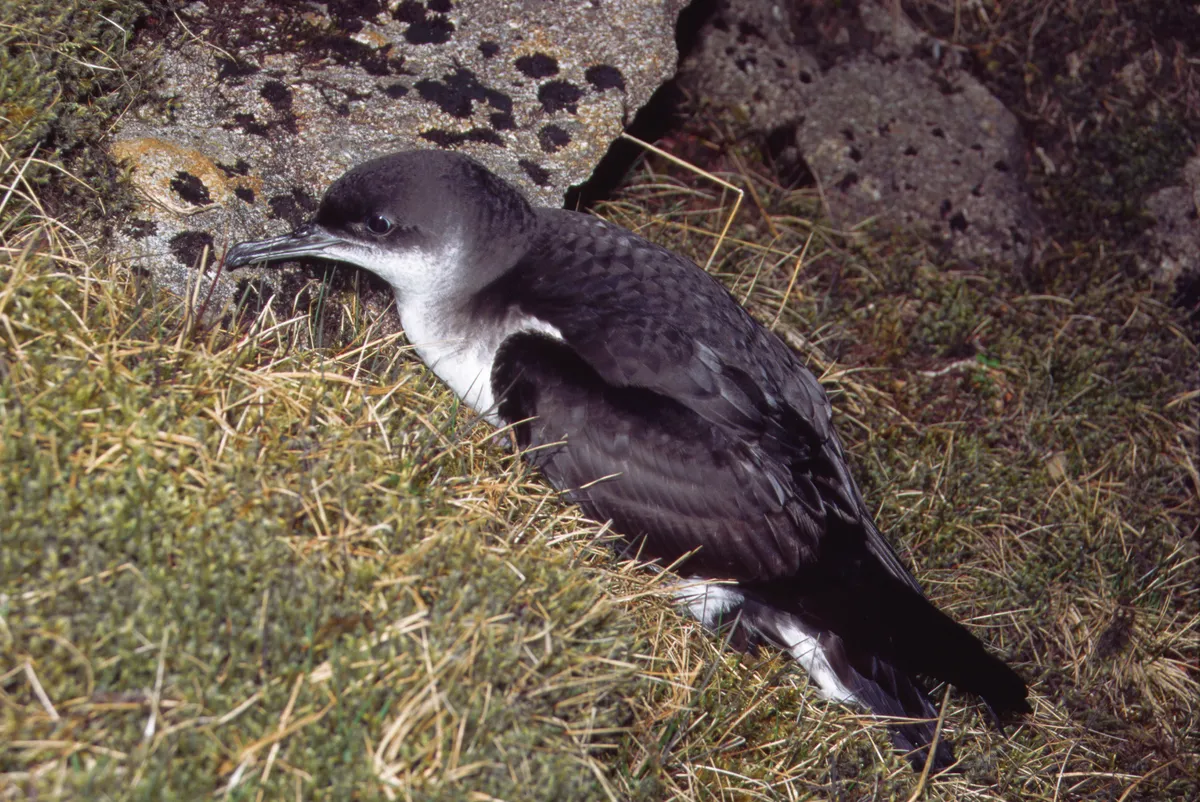
These remarkable seabirds spend the winter on the food-rich waters off the coast of Argentina. They then migrate to Skokholm in the spring to breed, completing an epic 14,000-mile round journey!
3
Puffin Fratercula arctica
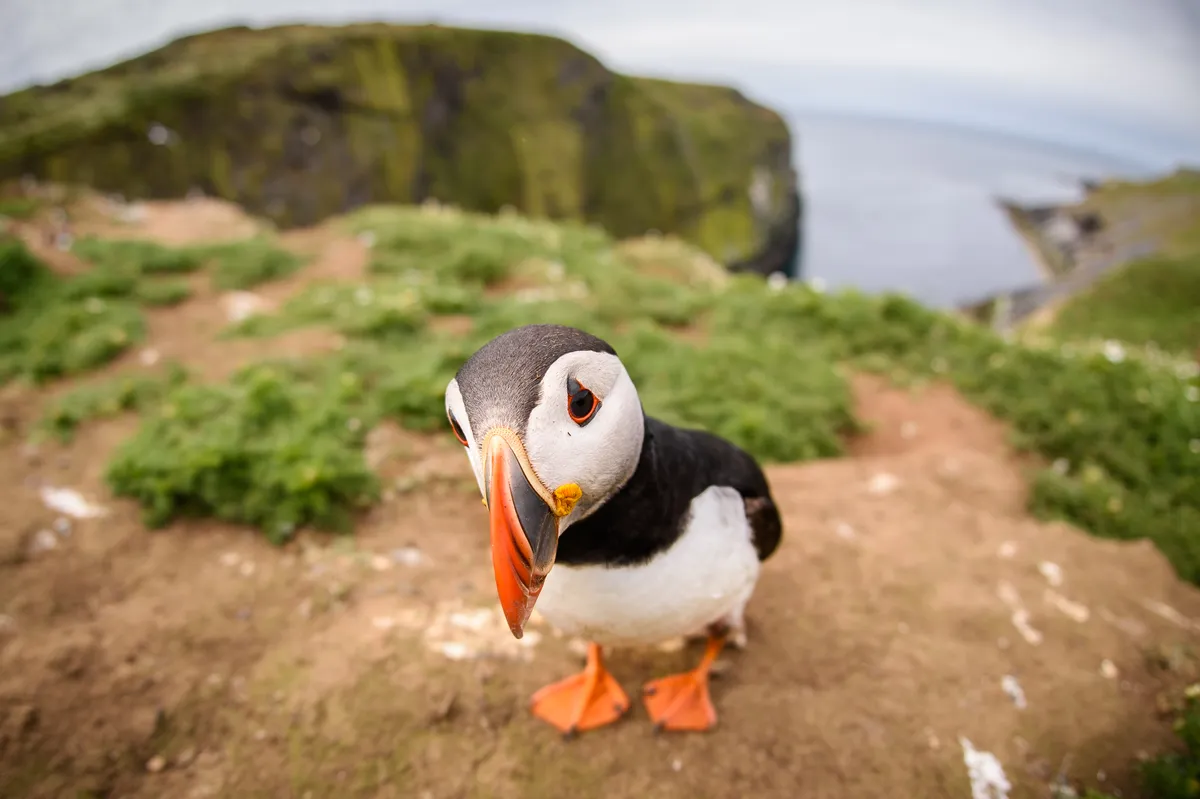
Up to 5,000 pairs of puffins breed on Skokholm and Skomer Islands in Spring. Puffins are known for their curious characters, which are definitely showcased in this series.
4
Common hermit crab Pagurus bernhardus
The retreating sea in South Wales creates rock pools, an isolated world home to hermit crabs. Due to their soft bodies, hermit crabs use abandoned shells from other species as a form of protection, which often creates crab on crab rivalry for the best protection.
5
Adder Vipera berus

Common throughout wales, adders emerge from hibernation in the first warm days of March, where basking on a log or under a warm rock. Adders are the UK's only venomous snake, and can reach up to 80cm in length (grass snakes can grow up to 150cm in length).
6
Grey seal Halichoerus grypus
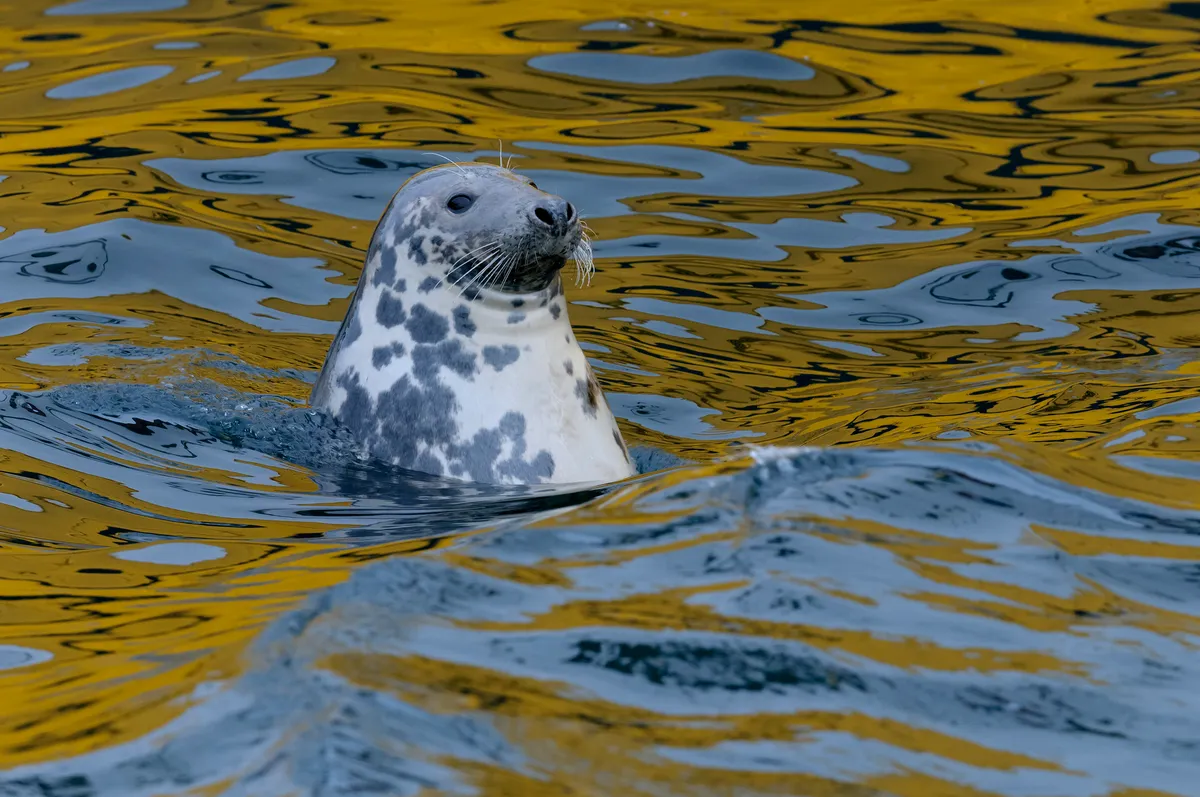
Ramsay Island is home to the largest breeding colony of grey seals in Southern Britain. Known for their blubber to keep them warm, seals triple in size in their first two weeks of life, and are one of the world’s fastest growing mammals.
7
Red kite Milvus milvus
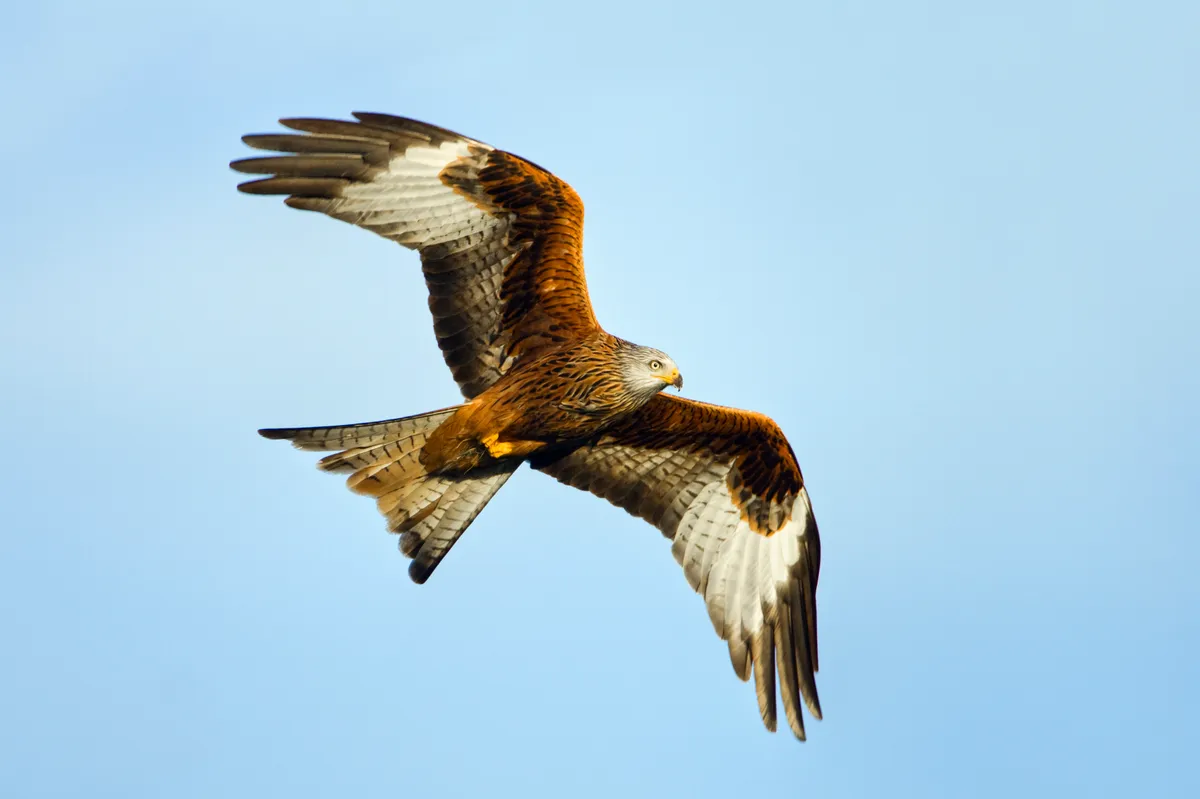
Saved from extinction thanks to extraordinary conservation efforts, the red kite is one of the grandest sights in the Welsh skies and now has an exalted status as the Welsh national bird.
8
Marsh fritillary butterfly Euphydryas aurinia
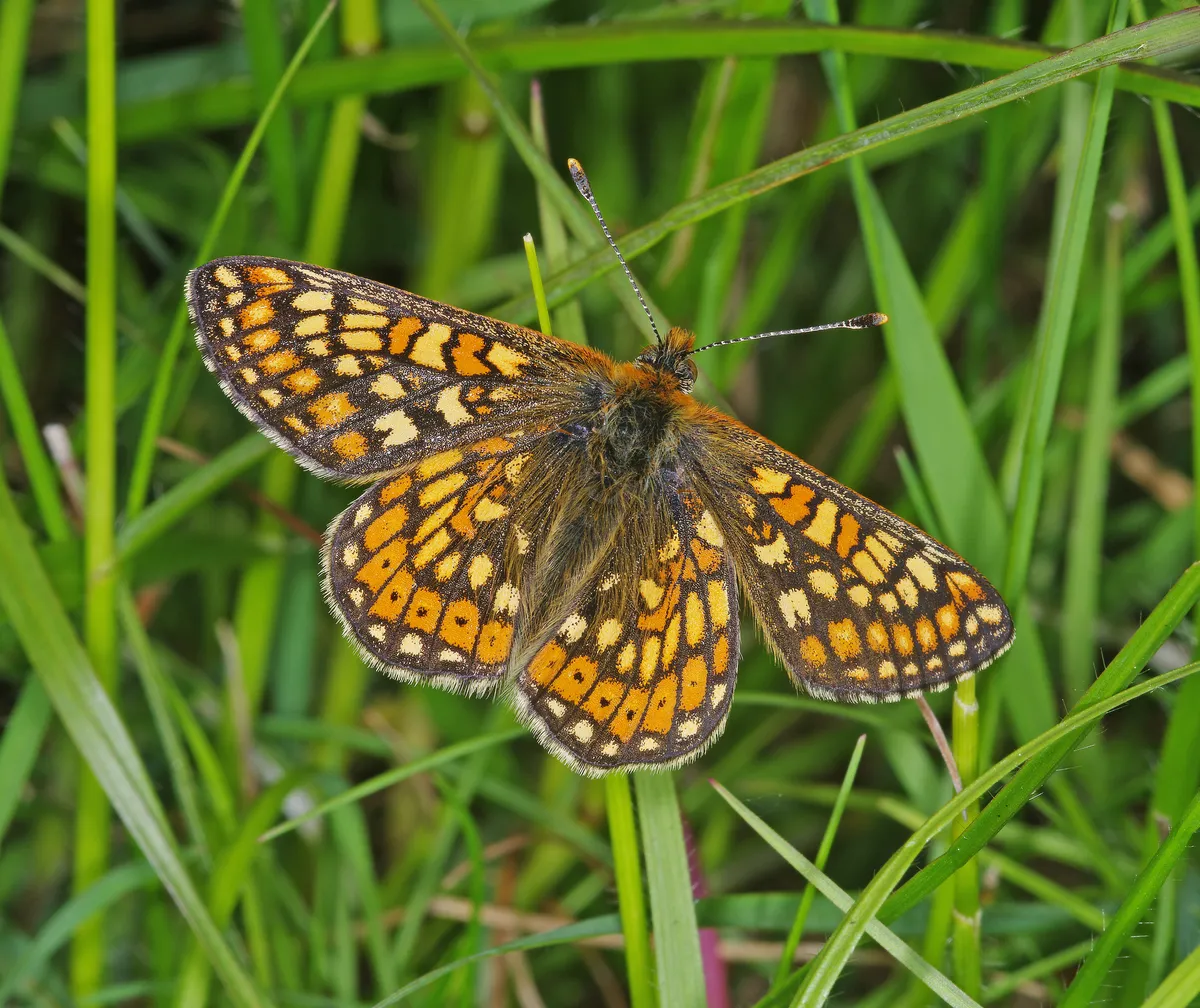
9
Red deer Cervus elaphus
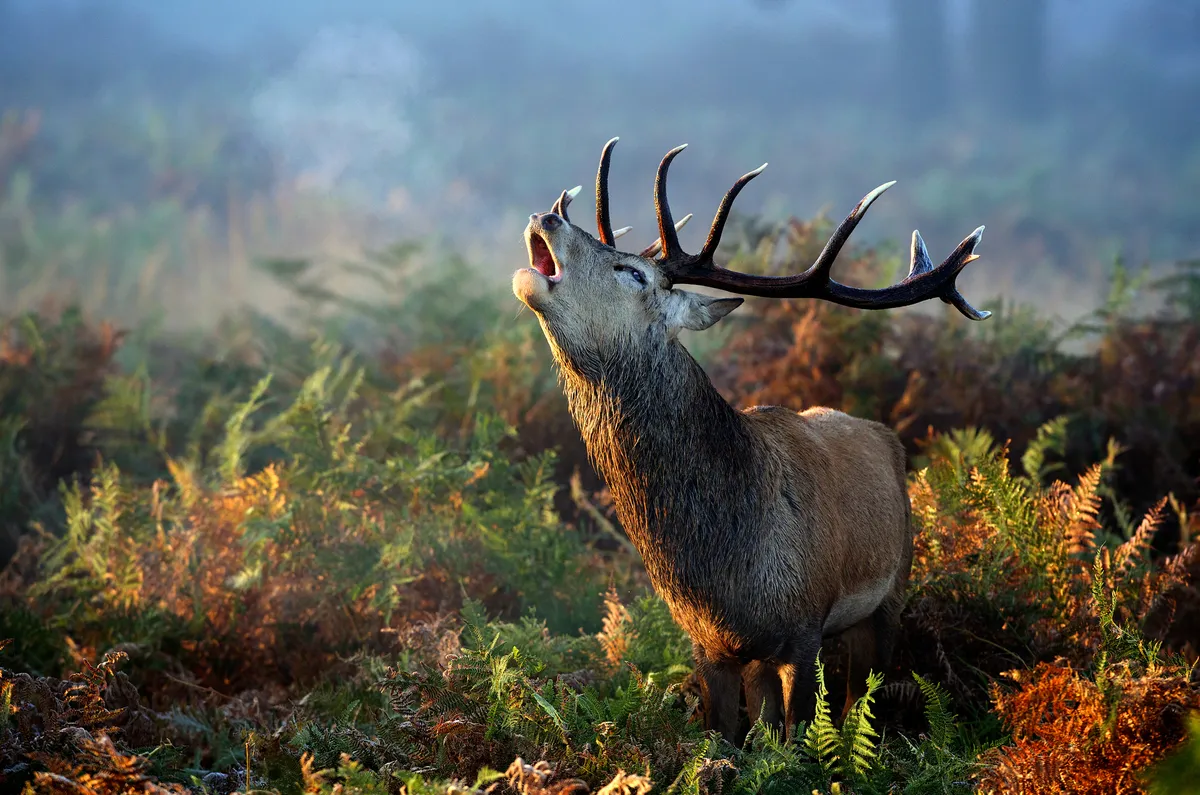
Red deer are the largest deer species found in the UK, standing up to 1.37cm at shoulder height and weighing up 225kg.
10
Ivy bee Colletes hederae
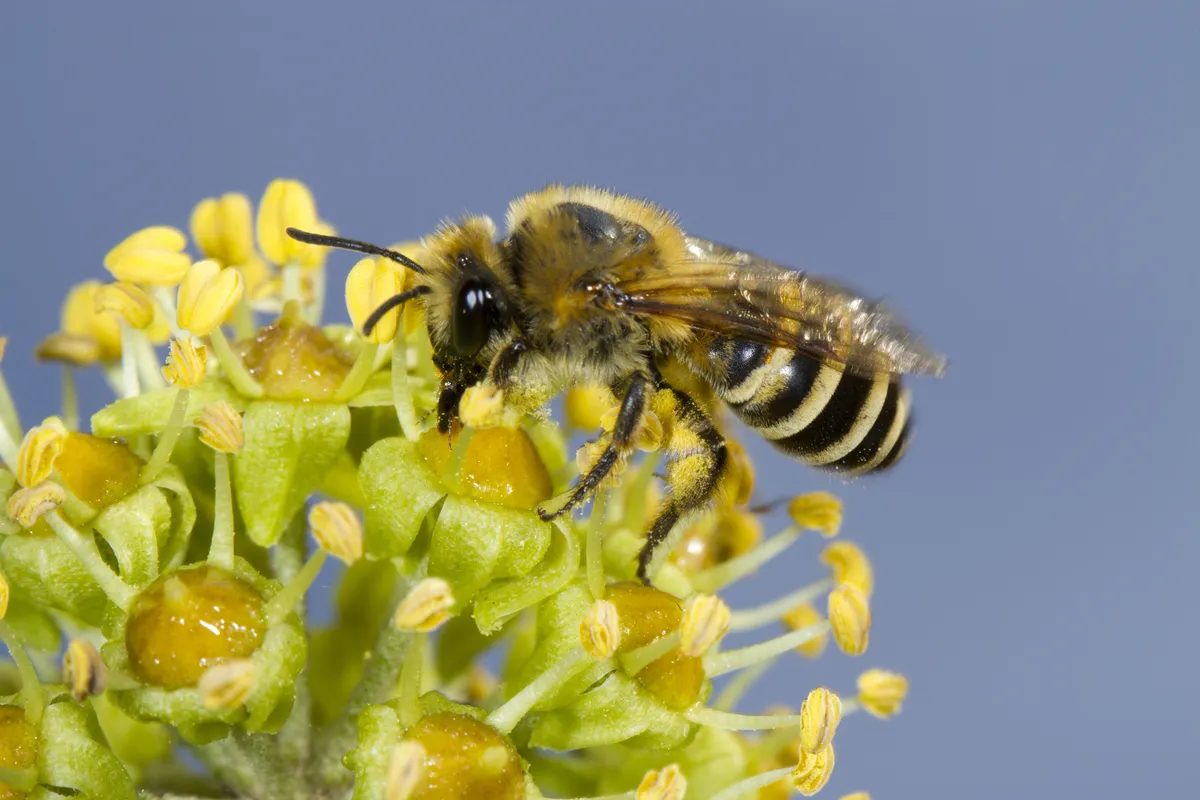
First arriving in the UK in 2001, the ivy bee is gradually spreading north from southern England.